Search results for '10'
-

Dragon's Blood Pieces
Starting at: £25.40
Dragon's Blood is a natural, resin, mentioned by Pliny in his Natural History. It has a weak tinting strength, and its rich red colour can be fugitive in direct sunlight. It is fully soluble in alcohol, and can be used to add a warm, transparent tone to spirit varnishes. Also available in powdered form.
Learn More -
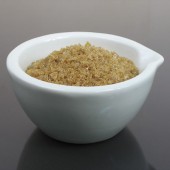
Rabbit Skin Glue
Starting at: £13.00
For sizing canvas prior to priming with an oil based primer. Do not use under acrylic primer. Soak overnight in water. Heat in double boiler (do not boil). Ratio water:size 13:1. Use while still warm. Rabbit Skin Glue does not contain preservatives. 340 - 360 Bloom Learn More
-

Precipitate Chalk
Starting at: £6.30
Precipitate Chalk is fine and white. For use in aqueous mediums as a ground for oil and tempera paintings. Learn More -
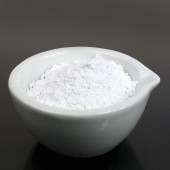
Gesso di Bologna
Starting at: £12.00
Gesso di Bologna is a bright white Calcium Sulphate, or gypsum, from Italy, which can be used as a substitute for whiting in the preparation of gesso. It is ground to a particularly fine powder, which makes it a suitable ground for gilding, as the small size of the particles allows for greater compression when burnishing. Learn More -
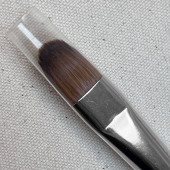
Cornelissen Oil Sable Filbert
Starting at: £8.45
Similar to the Sable Round but with a filbert shape combining the characteristics of rounds and flats. Excellent spring and colour holding capacity. Learn More -
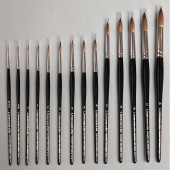
Cornelissen Series 80A Kolinsky Sable
Starting at: £5.90
High quality Kolinsky sable with good spring and pointing characteristics. Very useful for detailed work. Learn More -

Leather Fitzrovia Pencil and Brush Case
Starting at: £38.55
These leather cases keep your brushes, pencils and other art materials snug and secure, and are available with a leather tie or elastic straps. They come in two sizes; 38cm and 25cm. All of our leather goods are handmade in Spain, and dyed with natural dyes that will fade and age beautifully over time. Please see below to order this in red, green or tan brown, or ring our office to enquire about additional colours that we may have available. Learn More -
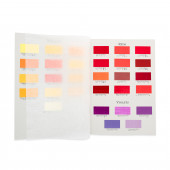
Cornelissen Pigment Colour Chart
£40.00Cornelissen Pigment Colour Chart. 85 pigment samples displayed in a 6 page 300 gsm A4 booklet, including 'permanence' and 'colour index' references. Colour swatches have been made using a casein binder. Learn More -

Aisuki 1mm (Chisel Shape)
£28.00The Aisuki is a clearing tool used for clearing waste from the hangito tool. It is a small fan bevelled chisel and is designed to be used low to the wood. The handle of the tool is designed to swing open when ferrule is slipped off so that the blade may be removed for sharpening. Learn More -
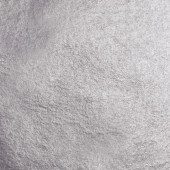
Cornelissen 80 Platinum Leaf
Starting at: £71.30
Platinum Leaf, 80 x 80 mm. Book of 25 leaves. Coverage per book is 0.16 m2 (1.69 sq. feet) Learn More -
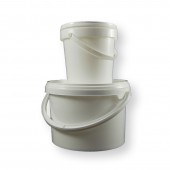
-
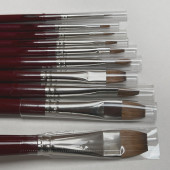
Cornelissen Sable Bright
Starting at: £5.95
Made from the same quality red sable as the rounds and used for short, thicker strokes of paint. Learn More -
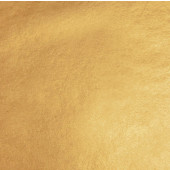
-

Leather Artists Sketch Bag
Starting at: £148.40
This travelling bag for artists includes a selection of coloured pencils and an A5 hardback sketchbook. This item is generally made to order, but we do have a small selection available in black, red and pale brown, so please ring our office if you would like to order one. All of our leather goods are handmade in Spain, and dyed with natural dyes that will fade and age beautifully over time. Learn More -
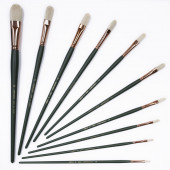
Cornelissen Series 44 Hog Bristle Filbert
Starting at: £5.00
Finest quality selected interlocking Chinese white hog hair. Seamless copper ferrule. Green handle. Length approximately 300mm depending on size. Size / A [width at ferrule]mm / B [visible hair / fibre length]mm / C [total length]mm 0 4 11 291 1 5 15 297 2 6 17 303 3 7 20 305 4 10 22 309 5 10 24 315 6 11 26 320 7 14 28 330 8 14 32 337 10 19 35 342 12 22 38 349 Learn More -

Calligraphy Cartridge Pad A3
£17.50Calligraphy Cartridge Pad A3. Recommended and developed by Patricia Lovett MBE and with a guide to lettering on the inside cover. 150gsm, 40 sheets. *While stocks last. Learn More -
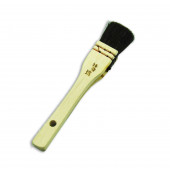
Sosaku Brush 24mm
£11.15Sosaku inking brush for working the pigments and glue paste onto the carved block for printing. These are made from horse hair and are traditionally prepared by splitting and softening the hair on shark-skin or sandpaper before printing. Brushes come in 3 sizes. Learn More -

Leather Classic Sketching Pad
Starting at: £77.75
Our Classic Leather Pad comes with an A5 landscape sketchbook of Hahnemuehle paper, which is easily refillable. All of our leather goods are handmade in Spain, and coloured with natural dyes that will fade and age beautifully over time. Please see below to order this in red, green or tan brown, or ring our office to enquire about additional colours that we may have available. Learn More -
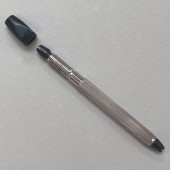
Metalpoint Holder
£31.00One end of our metalpoint holder is a reversible chuck to hold a range of wire sizes, while the other end can hold the lead of a clutch pencil.
Please note, the newer model has a metal body with black metal ends, the product will slightly differ from the image shown.
Learn More -
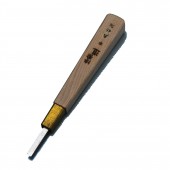
Aisuki 4.5mm (Chisel Shape)
£28.00The Aisuki is a clearing tool used for clearing waste from the hangito tool. It is a small fan bevelled chisel and is designed to be used low to the wood. The handle of the tool is designed to swing open when ferrule is slipped off so that the blade may be removed for sharpening. Learn More -
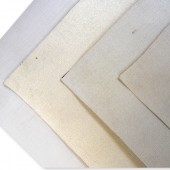
Primed Linen
Starting at: £78.50
Primed Linen. 210 cm (84 inches) wide. Prices per meter. Learn More -
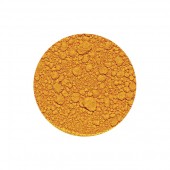
Cadmium Yellow Deep Pigment
Starting at: £7.40
Cadmium Yellow Deep Pigment (PY37). Synthetic Inorganic pigment. Opaque. Good tinting strength. Excellent Lightfastness. Low oil absorption with slow drying rate. Suitable for all media. Good acid and alkali resist. Exterior application not advised as discoloration occurs. Used since 19th Century. Toxicity B/C. Learn More -
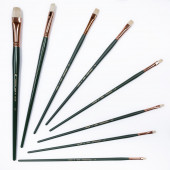
Cornelissen Series 41 Hog Bristle Bright
Starting at: £5.00
Finest quality selected interlocking Chinese white hog hair. Seamless copper ferrule. Green handle. Length approximately 300mm / 370mm depending on size. Learn More -
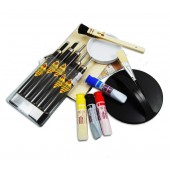
Japanese Complete Woodblock Set
£55.00Complete Mokuhanga set for beginners. This set includes; 1x Sosaku inking brush 15mm, 1x Tokibo carrying brush for glue, 5pcs pencil style carving tools in a plastic case including; 7mm Aisuki (flat), 10mm Hangi-toh (knife), 3mm Komasuki (U), 3mm Sankatu-toh (V), 6mm Asamaru (shallow U), 1x plastic inking dish, 1x plastic baren 120mm, 1x shina plywood 160mm x 110mm, 1 x pack of 4 colours of waterbased printing in premixed with glue paste. Learn More -
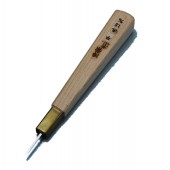
Aisuki 1.5mm (Chisel Shape)
£28.00The Aisuki is a clearing tool used for clearing waste from the hangito tool. It is a small fan bevelled chisel and is designed to be used low to the wood. The handle of the tool is designed to swing open when ferrule is slipped off so that the blade may be removed for sharpening. Learn More -

Cornelissen 85 Standard Gold Leaf 22 ct
Starting at: £69.80
Standard Gold Leaf 22 ct, 85 x 85 mm. Book of 25 leaves. Coverage per book is 0.18 m2 (1.97 sq. feet) Learn More -
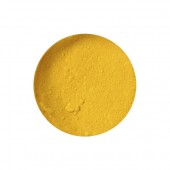
Cadmium Yellow Light Pigment
Starting at: £6.20
Cadmium Yellow Light Pigment (PY37). Synthetic Inorganic pigment. Opaque. Good tinting strength. Excellent Lightfastness. Low oil absorption with slow drying rate. Suitable for all media. Good acid and alkali resist. Exterior application not advised as discoloration occurs. Used since 19th Century. Toxicity B/C. Learn More -
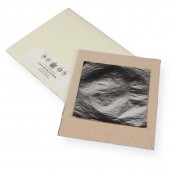
-
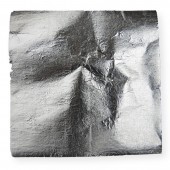
Cornelissen Aluminium Leaf
Starting at: £7.40
Coverage per book of 25 leaves is 0.49 m2 (5.29 sq feet) Learn More -
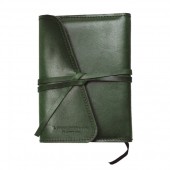
Leather Marco Polo Sketching Pad
Starting at: £66.45
This leather cover comes with a hardback book of Hahnemuehle drawing paper, and is easily refillable with a standard A6 portrait sketchbook, making it perfect for travelling. All of our leather goods are handmade in Spain, and dyed with natural dyes that will fade and age beautifully over time. Please see below to order this in red, green or tan brown, or ring our office to enquire about additional colours that we may have available. Learn More





